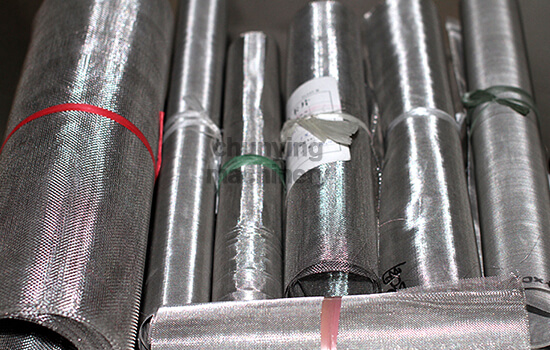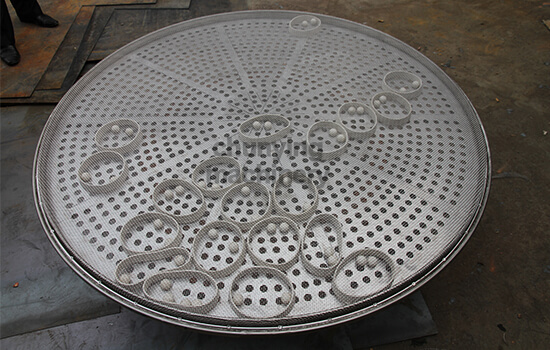Sometimes, after using the vibrating screen equipment for a period of time, we will encounter the problem that the screen of the vibrating screen breaks too soon, what the reason?
1. Quality is an important factor that causes the mesh to break too fast
If the material of the screen fails to meet the screening requirements of the material, the screen will be damaged quickly, we listed the classification of the screen and how to choose the appropriate screen in the matters needing attention when the customer chooses the rotary vibrating screen.
2. The
vibration screen is not tensioned enough to cause the screen to vibrate, usually broken or damaged along the edge of the screen or the edge of the bead.
3. The vibrating screen generally has an upper screen layer and a lower stress layer. It is required that the two layers are closely adhered. If the pre-tensioning process of the screen is poor, when the force layer at the bottom of the screen is tight, the screening layer is not tight; then the distance between the upper and lower tremors of the screen when the screen machine is working is too large, and the part that contacts the screen frame cannot be effectively compressed, which is also one of the reasons that causes the screen to be damaged too quickly.

 4. Material feeding problem
4. Material feeding problem
During the work of the
vibrating screen, we will continue to feed, but if too much material is fed at one time, it will hinder the normal movement of the material on the screen surface, which not only easily makes the screen fatigue and loosens, but also greatly reduces the amount of material processed.
Giving a large amount of materials at one time will suddenly increase the load of the motor in its unbalanced operation, which is not only easy to damage the screen, but also easy to cause damage to the vibration motor.
In the feeding method with strong impact force, a buffer hopper must be added to the vibrating screen. The direct impact of the material on the screen will consume the excitation force generated by the vibration source, which is more likely to cause screen damage and screen fatigue.

